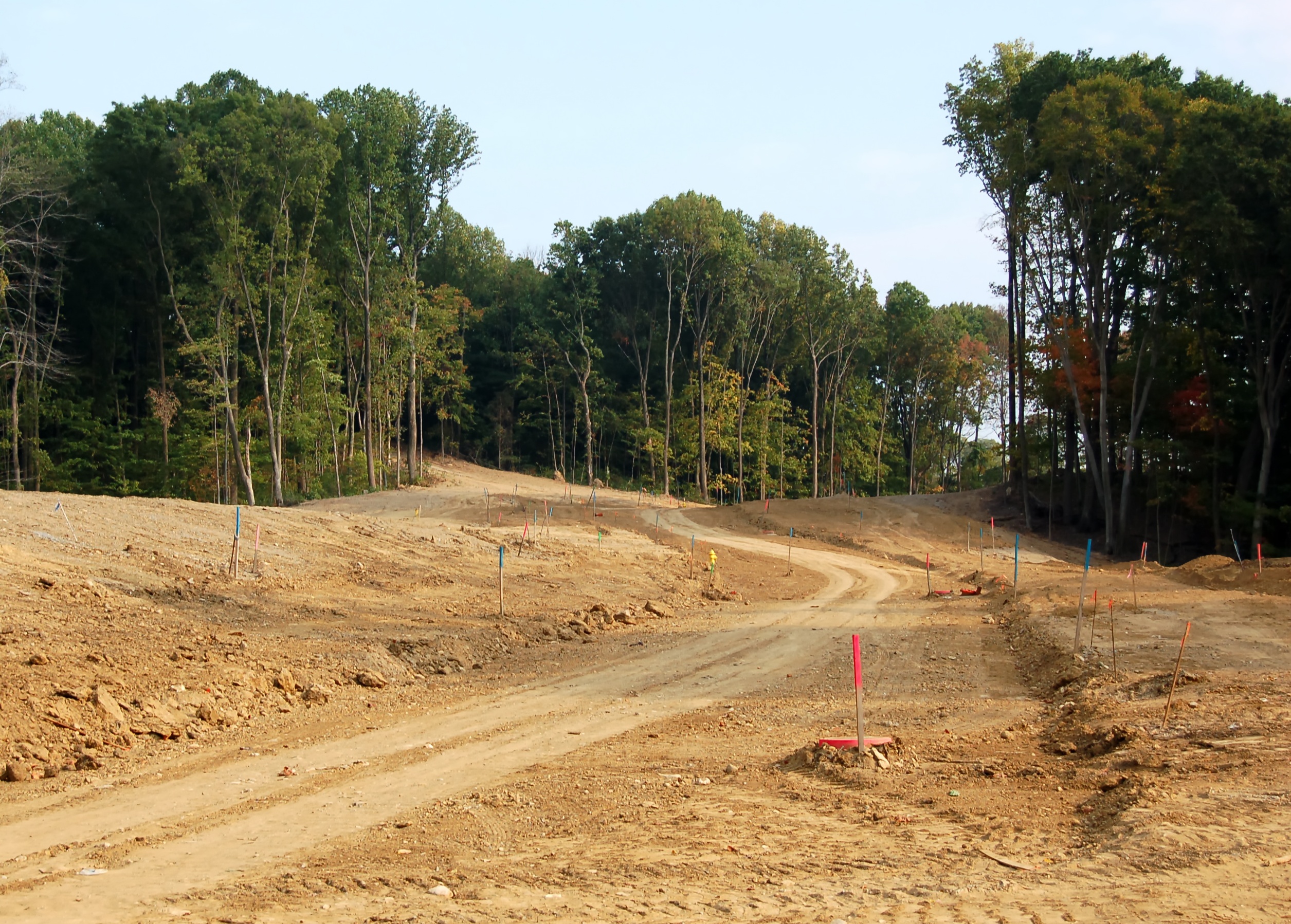Transportation: CNBC reported in April 2016 that Ohio is becoming the nation’s e-commerce capital due to location and its robust transportation network. Ohio is home to 6,735 total interstate lane miles. While trucks are a key vehicle for transporting goods, Ohio also has 13 intermodal railroad terminals and 5,200 miles of rail lines. OEDA encourages the Ohio General Assembly to support robust investment in our highways, rail and other means of transportation.
Buildings: Area Development, the leading magazine covering business site selection and relocation, reports that in 2016, the fifth most important factor influencing where businesses locate was whether a building was immediately accessible. In this world of “just in time delivery,” “speculative,” or readily accessible buildings can make the difference where businesses locate. OEDA encourages economic development programs that assist communities and developers in preparing buildings to be ready for commerce.








